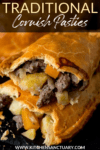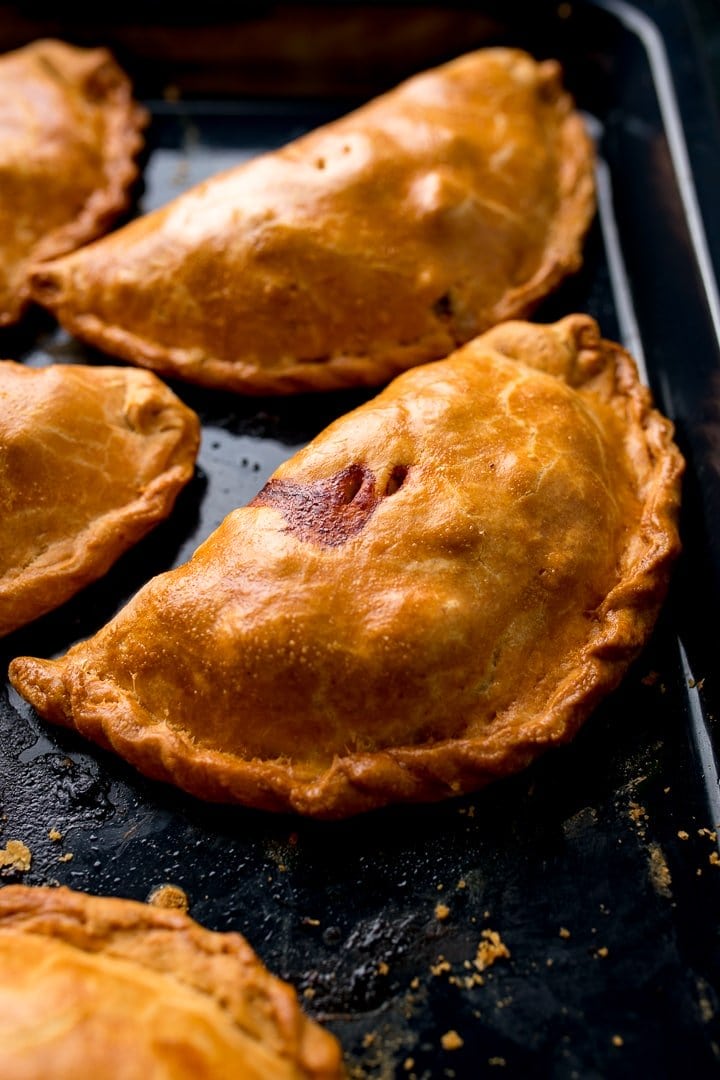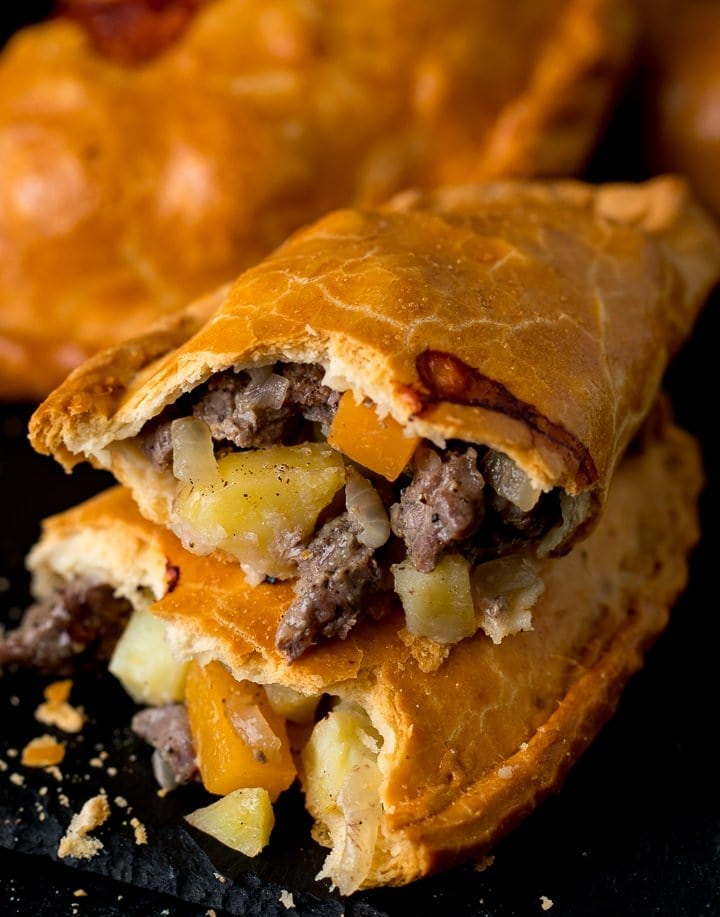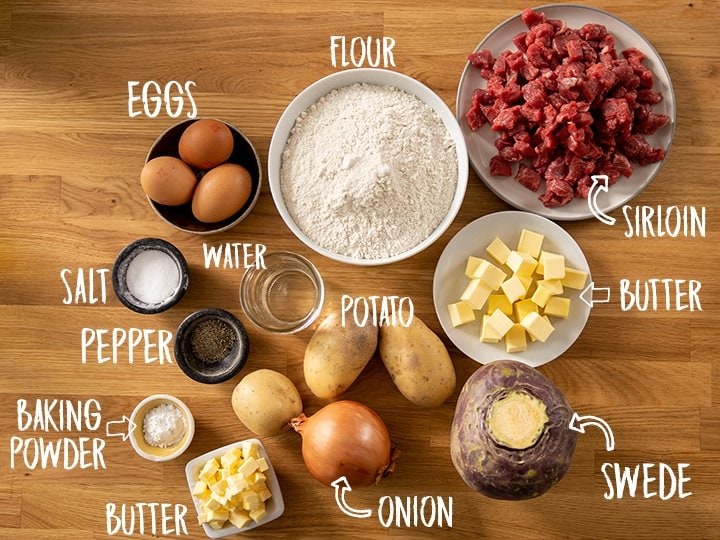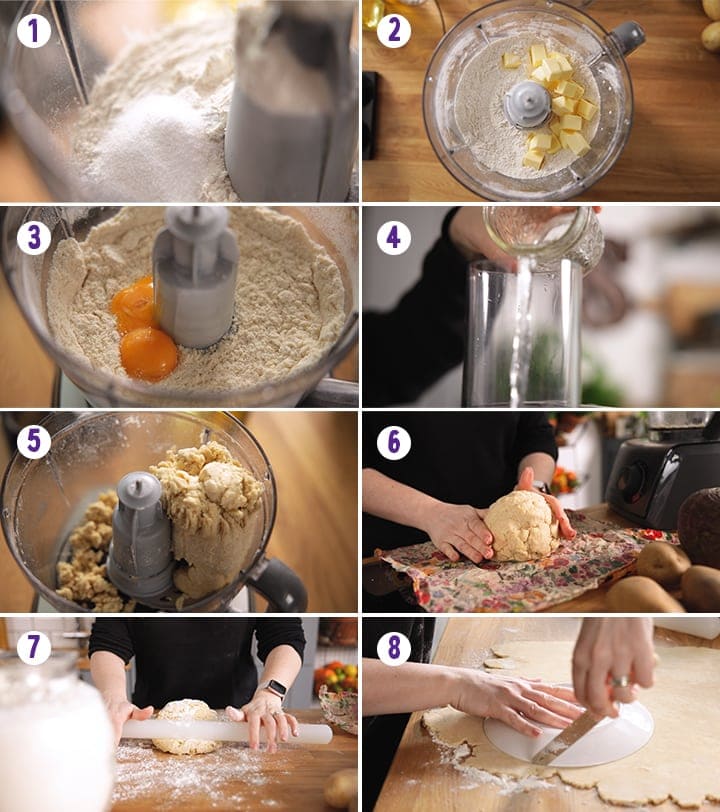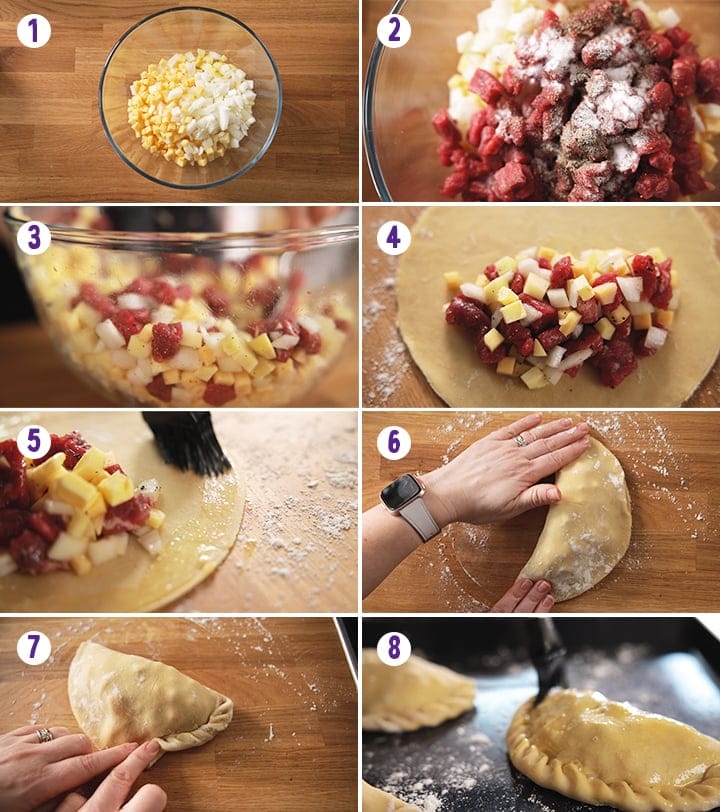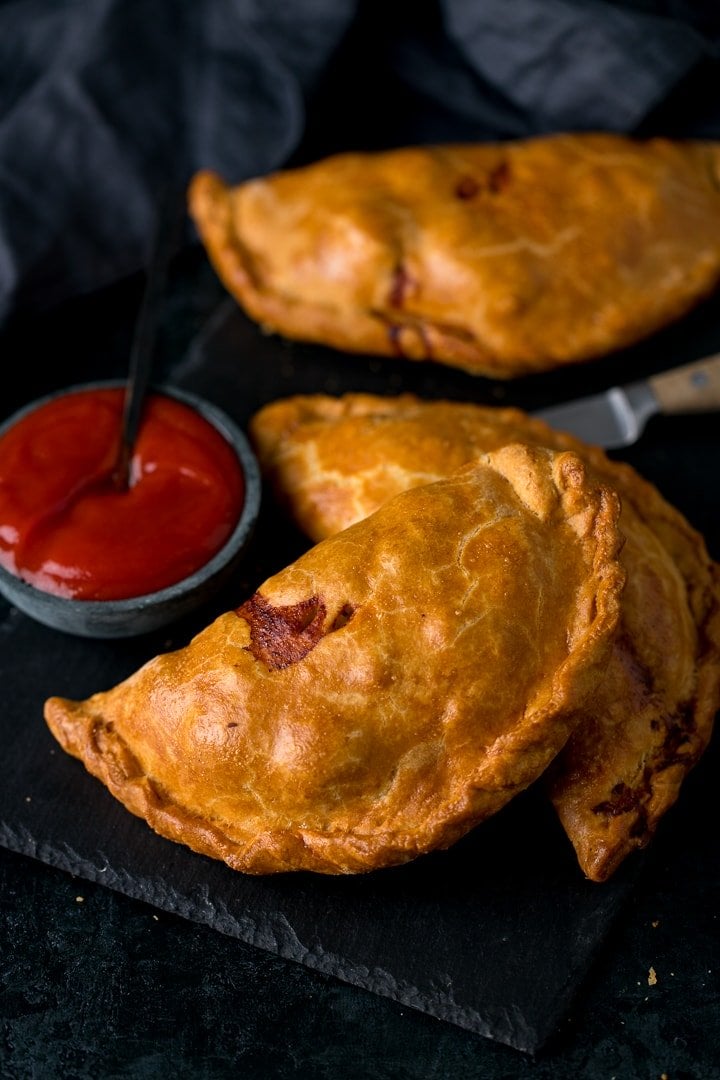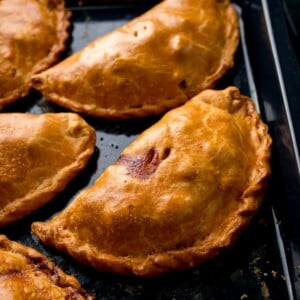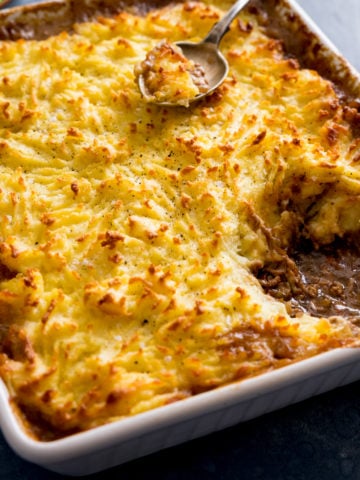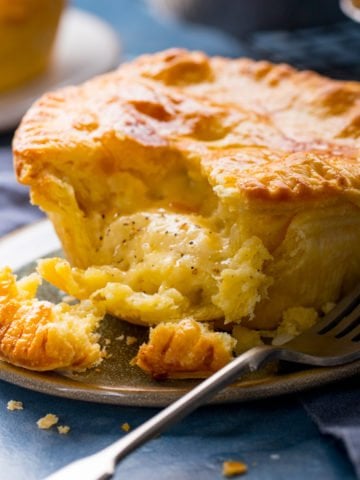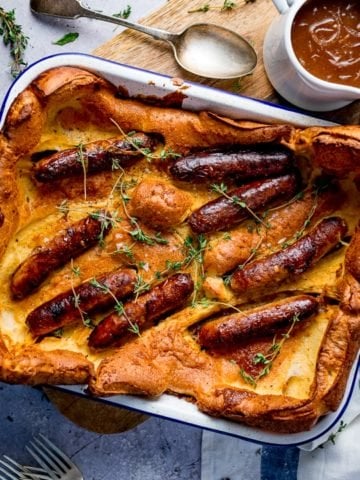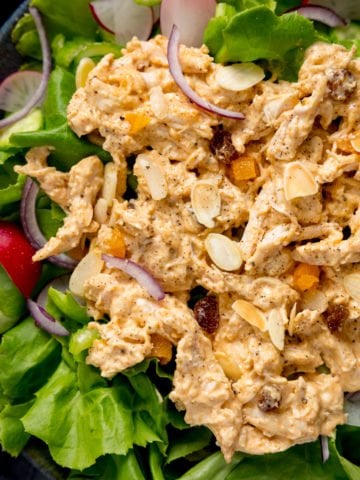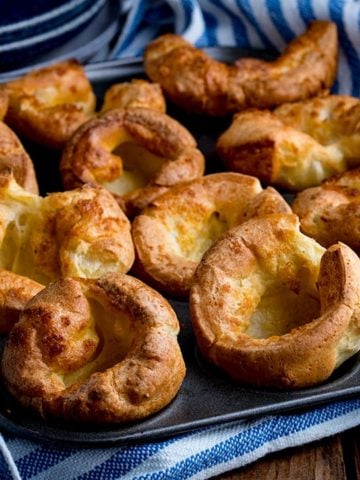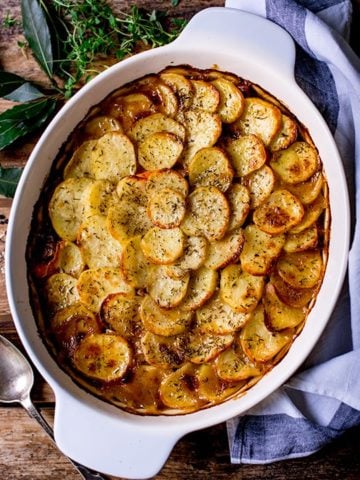We love visiting Cornwall and often take little trips down south to wander around beautiful little coastal towns. We often eat a fair few Cornish pasties when we’re there.In fact Gracey shockingly announced on one occasion that she’d rather have a Cornish pastie than an ice cream! She was delighted when I told her I’d teach her how to make them. The Cornish pasty goes back hundreds of years, but they’re most commonly known to have been a staple food of the poorer classes going back to the 18th century. Miners used to take the pasties into the tin mines, and they’d be nutritious and filling enough to keep the workers going all day.The specific shape of the pastie was thought to have come around for good reason too.The crimped crust on the side was used as a kind of handle. The levels of arsenic in the tin mines meant that the miners hands would be grubby and likely covered in this highly toxic substance. So the miners would hold onto the crust to eat their pastie, and then discard it. Personally I love the crust, but I think I could be persuaded to chuck it away if it was covered in arsenic!! These Cornish Pasties are filled with a mixture of well-seasoned steak, onions, potatoes and swede (or rutabaga/yellow turnip if you’re in the US). The meat and vegetables are placed in the pastry raw, with a really good pinch of salt and pepper and a few dots of butter, then sealed and cooked in the pastry. There’s no sauce inside a Cornish pasty, but the cooked filling ends up so tender and moist that it’s not needed.
What do we need
How to make the shortcrust pastry
This is a basic shortcrust pastry, so you can replace with shop-bought if you prefer.
Place flour, baking powder and salt into a food processor and give a quick mix.Add in cubed butter and whizz until the mixture turns into breadcrumbs.Add in egg yolks and mix, then, with the motor on, add in water a bit at a time until the dough comes together into a ball.Wrap the pastry in clingfilm or wax paper (<– affiliate link) and refrigerate for an hour.Roll out the pastry and cut circles into the dough using a side plate as a template.
Making the pasties
Full ingredients, quantities, timings and temperatures in the recipe card at the bottom of the post.
Mix cubed potato, swede/rutagaba, onion, steak, salt and pepper in a large bowl.Place a really good handful of the mixture onto on side of one of the pastry circles and dot a little butter on top.Brush egg wash around the edge of the pastry circle and fold the other side of the pastry over the meat until the edges meet and you have a semi-circle.Seal firmly and crimp with your fingers (check out my video below to see how to do this).Make a little hole in the top of the pasty using a sharp knife to let out the steam. Repeat with the remaining pasties and then brush egg wash over the top of all the pasties.
Bake for 50 minutes until golden brown.
You mean you add the meat raw?
Yes! We’re using a good quality cut of beef, so it only needs the light cooking inside the pasty. The juices that are released from the meat during cooking will flavour the veggies and make the filling lovely and juicy.
The best cut of beef for Cornish Pasties
Skirt steak, sirloin or ribeye are the best cuts for the most tender and juicy meat for a Cornish pasty filling. Note: skirt steak can be a little on the tough side, but small pieces that have been cut against the grain will still be plenty tender enough. Don’t be tempted to use braising/chuck/stewing beef or the meat will be chewy and tough.
Why don’t they have any sauce/gravy?
The cooking of the meat releases lovely flavoured juices in the pasty. A gravy just isn’t needed! Besides, ketchup for dipping is a MUST for a Cornish pasty. Well, that’s my opinion anyway.
The Recipe Video:
This post was first published in August 2014. Updated in April 2020 with new photos, tips and video.
French pressed sandwich bites Coronation Chicken Chorizo Scotch Eggs Chicken and Chorizo Puff Pastry Rolls Creamy Potato Salad Tear and Share Sausage Rolls (or Vegetarian Sausage Rolls) Salted Caramel Millionaires Shortbread Banana Bread Energy Balls
More British Classic Recipes
Some of the links in this post may be affiliate links – which means if you buy the product I get a small commission (at no extra cost to you). If you do buy, then thank you! That’s what helps us to keep Kitchen Sanctuary running. The nutritional information provided is approximate and can vary depending on several factors. For more information please see our Terms & Conditions.
